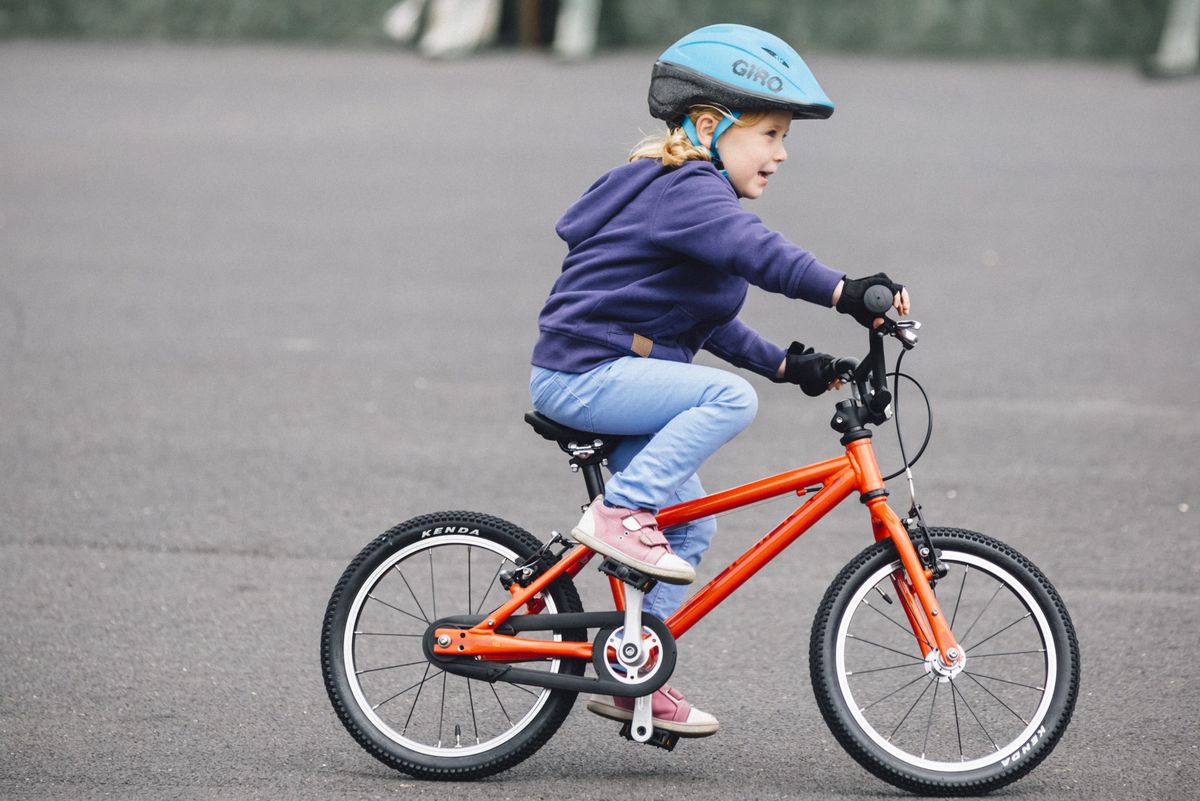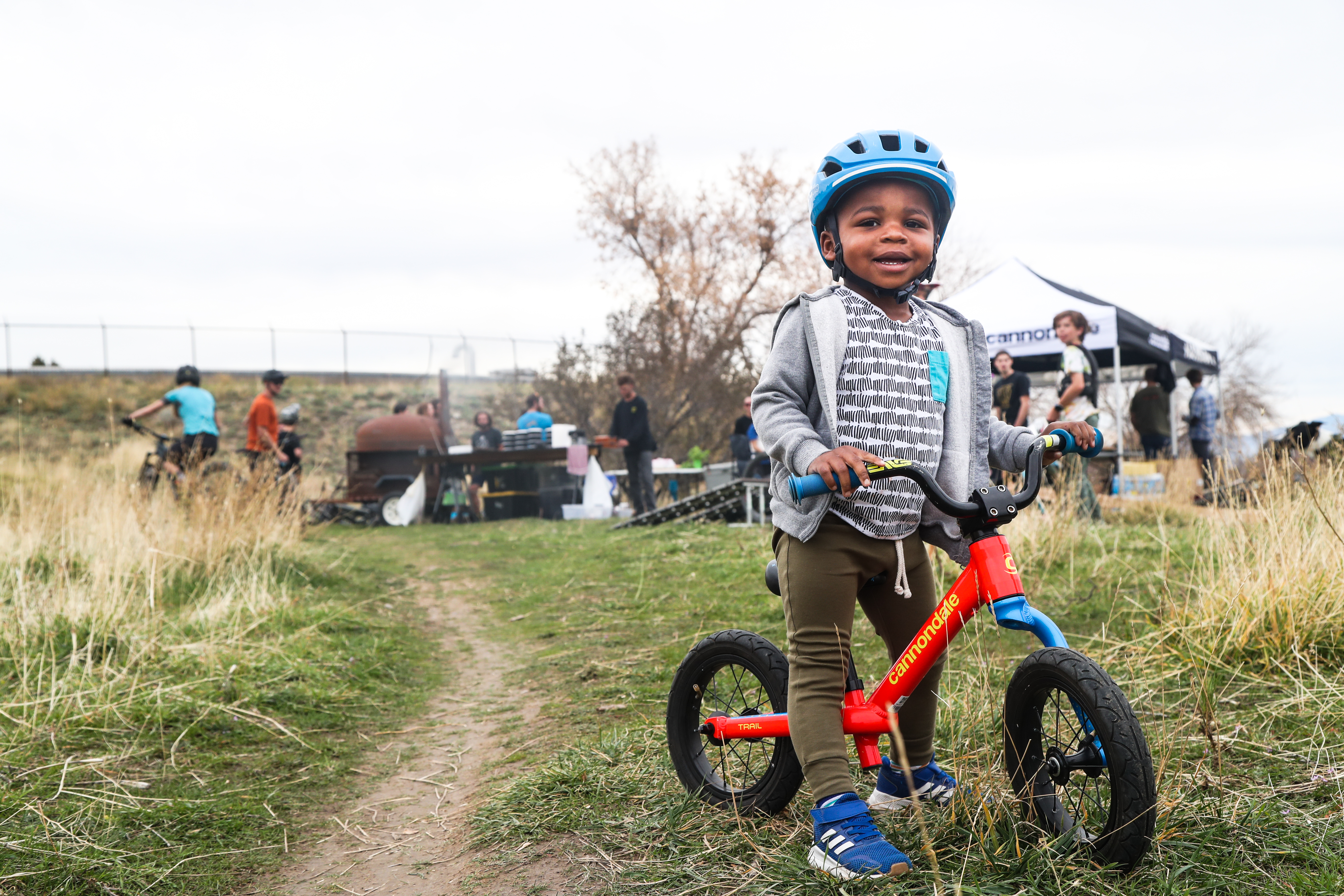Best Bike for Kids: Exploring Popular Options for Every Budget
Best Bike for Kids: Exploring Popular Options for Every Budget
Blog Article
Just How to Select the Perfect Bike for Children of All Ages
Selecting the ideal bike for youngsters requires a nuanced understanding of various elements that cater to their special demands. Additionally, the kind of bike can substantially influence a child's interest for riding, making it vital to align their rate of interests with the ideal design.
Comprehending Bike Sizes
When choosing a bike for kids, comprehending bike dimensions is essential to guarantee both security and convenience. The suitable bike size directly influences a child's capability to keep and manage the bike balance, which is vital for their self-confidence and enjoyment of riding.
Bike sizes are typically classified by wheel size, with typical sizes for youngsters varying from 12 inches to 24 inches. To establish the right size, begin by gauging the kid's inseam. This measurement helps to match the bike's seat height to the kid's leg size. A properly sized bike allows a child to put their feet flat on the ground while seated, supplying security and very easy dismounting.
Additionally, take into consideration the youngster's age and height when picking a bike. More youthful children usually require smaller structures, while older children might require bigger bikes with even more advanced attributes. Moreover, flexible seat elevations can fit growth, expanding the bike's usability. Eventually, making sure that the bike fits well is important for nurturing a favorable cycling experience and advertising risk-free riding behaviors. By prioritizing bike size, moms and dads can lay the structure for a lifelong love of cycling.
Necessary Safety And Security Features
Prioritizing important safety and security attributes is essential to guaranteeing a safe riding experience for kids. When selecting a bike, moms and dads need to focus on numerous crucial security components that can dramatically improve defense while riding.

Following, consider the presence of lights and reflectors. These functions raise exposure, making it easier for others, consisting of vehicle drivers, to see the child while riding, particularly in low-light problems.
A sturdy frame made to stand up to influence is also vital. Materials such as aluminum or steel can improve sturdiness, making certain that the bike can withstand rough usage.

Types of Bikes for Youngsters
Choosing the best type of bike for youngsters is important for both enjoyment and ability growth. bike for kids. There are a number of sorts of bikes developed to meet the differing needs of young bikers, each satisfying various ages and riding experiences
Balance bikes are optimal for preschoolers and young children, as they concentrate on establishing equilibrium and coordination without pedals. They can change to pedal bikes once they master this ability. For youngsters aged 5 to ten, traditional bikes with training wheels can offer a complacency while they learn to ride independently. These bikes are available in various sizes, commonly Get More Info ranging from 12 to 20 inches in wheel size.
For older children, hill bikes use adaptability for off-road adventures, including strong frames and thicker tires for improved traction. Roadway bikes, with their light-weight construction and narrow tires, appropriate for children curious about speed and longer rides on paved surfaces. Lastly, BMX bikes are made for stunt racing and riding, including a robust structure and smaller wheels.
Recognizing these sorts of bikes helps parents pick the ideal model based on their youngster's age, ability level, and riding preferences, guaranteeing a safe and delightful biking experience.
Choosing the Right Design
Picking the best style of bike for kids can significantly enhance their riding experience and promote a long-lasting love for cycling. When picking a bike, it's essential to consider the kid's age, skill level, and meant use.
For more youthful kids, equilibrium bikes are an outstanding alternative, as they help establish coordination and balance without the intricacy of pedaling. As they expand and acquire self-confidence, transitioning to a pedal bike with training wheels can offer a smoother intro to cycling.
For older children try these out or those who are a lot more adventurous, mountain bicycle use resilience and adaptability for off-road tracks, while road bikes provide to those thinking about rate and longer distances on smooth surfaces. In addition, BMX bikes provide an enjoyable alternative for tricks and feats in skate parks.
Design also plays a significant duty; bikes can be found in various colors and layouts, attracting a youngster's personality and preferences. Ultimately, the appropriate bike should match the kid's riding aspirations, ensuring they really feel motivated and ecstatic to ride consistently. By meticulously considering these aspects, moms and dads can select a bike that not just meets practical needs but likewise inspires an enthusiasm for biking.
Tips for Upkeep and Care
Normal upkeep and care are critical for maintaining a kid's bike in optimum condition and making certain a safe riding experience. To start, regularly evaluate the bike for any indicators of wear or damage - bike for kids. Examine the tires for correct inflation and walk wear, as under-inflated tires can affect performance and safety
Following, examine the brakes to guarantee they operate properly. Squeaky or less competent brakes can lead to accidents. Lube the chain regularly to avoid corrosion and make sure smooth pedaling; use a bike-specific lube for ideal outcomes.
Additionally, keep the bike tidy by cleaning down the framework and parts to get rid of dust and particles. This not only enhances the bike's look yet additionally lengthens its lifespan.
Change the seat height as your child grows to advertise correct posture and comfort while riding. Finally, motivate your child to participate in the upkeep process, fostering a feeling of obligation and take care of their bike.

Final Thought
Guaranteeing the bike fits the child's height more info here and inseam promotes stability and convenience. By matching the bike design to the kid's passions and making certain proper maintenance, a pleasurable and secure biking experience can be accomplished, fostering a lifelong love for biking.
Furthermore, the type of bike can substantially affect a youngster's excitement for riding, making it necessary to align their rate of interests with the suitable design. Younger children normally call for smaller sized frames, while older children may require larger bikes with even more advanced features. For kids aged 5 to 10, traditional bikes with training wheels can provide a feeling of safety and security while they learn to ride individually. Inevitably, the ideal bike should match the child's riding passions, ensuring they feel thrilled and inspired to ride consistently.Regular maintenance and care are critical for keeping a kid's bike in optimal condition and guaranteeing a risk-free riding experience.
Report this page